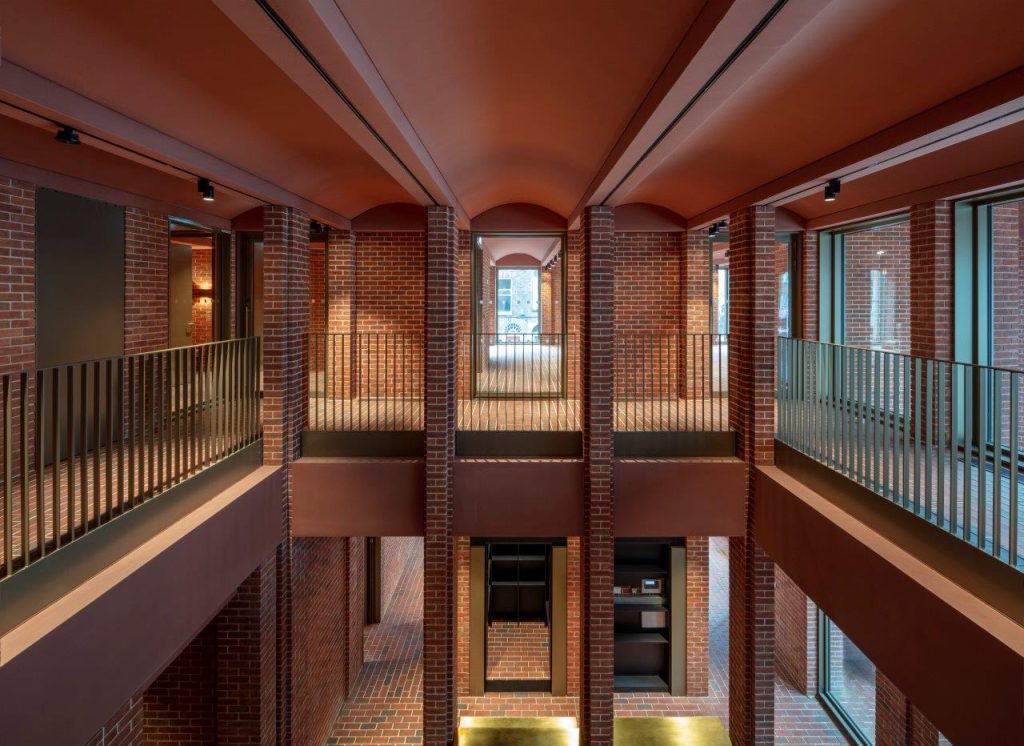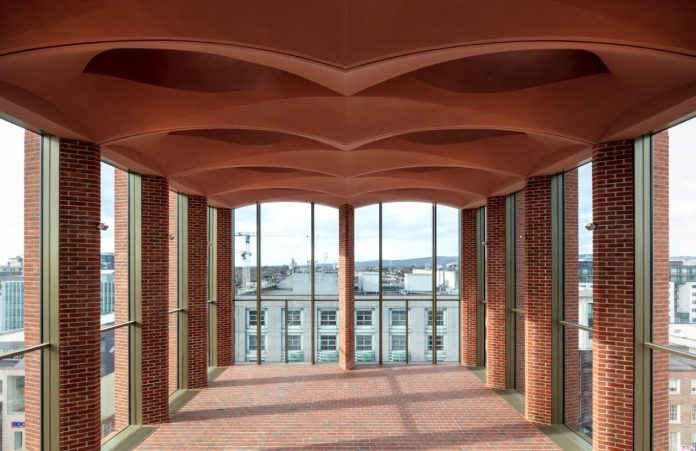Martin Rawlins, Head of UK Sales at BASWA acoustic AG, discusses how good interior acoustics play a key role in creating spaces that support the well-being of its users.
Good room acoustics, like the presence of natural light, can noticeably improve the user experience in almost any building where human activity takes place – in offices, restaurants and swimming pools; in classrooms, galleries and museums; in historical buildings and in the home.
Numerous studies have shown that reducing noise not only contributes to comfort and well-being, but also to health. Architecture can and must play a key role; not only does it protect people inside the building from outside influences, but interiors also have a direct contribution.

For these reasons, more attention than ever is being given to interior acoustics – no longer considered as a specialist luxury, but (by definition) a fundamental aspect of human centric design and designing for the senses.
It’s not easy to define in short what is exactly meant by “good” room acoustics, but it primarily involves consideration of the reverberation time and ensuring this does not exceed a comfortable level for the intended use.
Excessive reverberation can smear the sound of speech, reducing intelligibility and reducing speech privacy (e.g. noisy restaurants). However, a string quartet might sound fabulous in the same space! Therefore as you would expect, the ideal reverberation time in an concert hall may be rather different than for an office or living room.

There are many “naturally occurring” materials that will absorb sound and soak up reverberation (not to be confused with sound isolation / soundproofing), such as soft materials like draperies, carpets, soft furnishings and the clothing of people inside the room. For a simple test, try removing all the towels from your bathroom and hear the dramatic difference.
For predictable results that may meet the aesthetic goal better, modern integrated architectural acoustic treatments such as BASWA can be used incredibly effectively to conform to the design.
Seamless acoustic surface treatments have come a very long way from the popcorn ceilings of the 1970’s. These days, high quality acoustic plaster systems are as smooth as plasterboard, produced from sustainable materials (such as the recycled marble finishes and organic hemp material used in BASWA Natural), tinted to match any colour, and even applied as beautiful bespoke textures such as dragged plaster.

And advanced architectural integration enables the realisation of projects such as the parametrically curved ceilings of the International Rugby Museum in Limerick by Níall McLaughlin Architects, or the sublimely discreet interventions within the National Portrait Gallery by Jamie Fobert Architects.
As with these cases, the ceiling is usually the most effective candidate for acoustic treatment. As this is also often parallel to a reflective floor surface, it can break up runaway reflected sound seamlessly, without visible panels, joints or perforations.
The end result is to remove the ceiling as a reflective surface, bringing us closer in feel to a natural outdoor environment. After all, there are no suspended ceilings in nature.
www.baswa.com | IG: @baswa.acoustic





